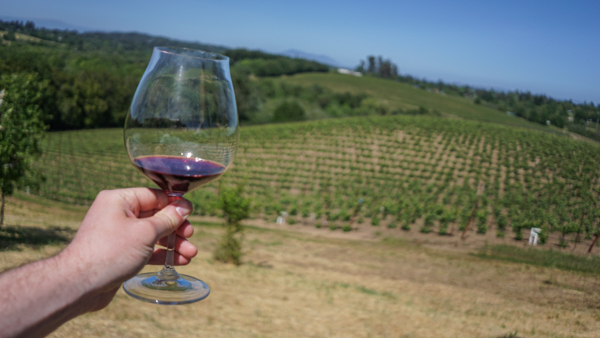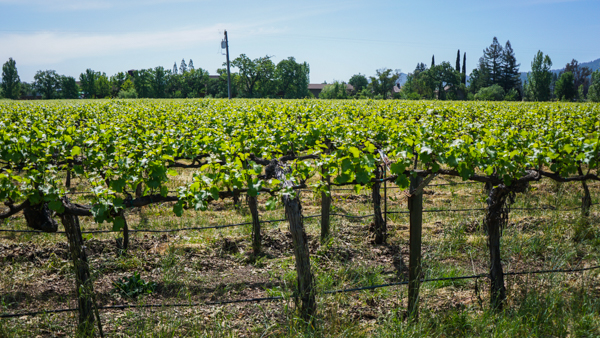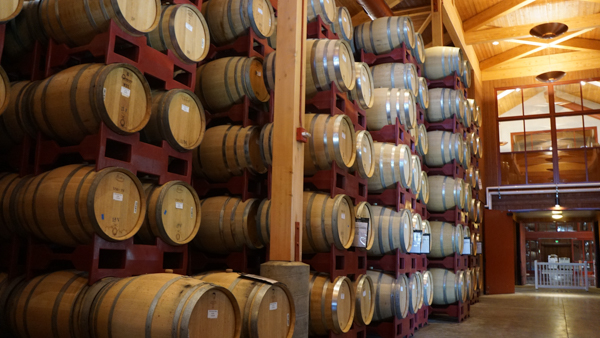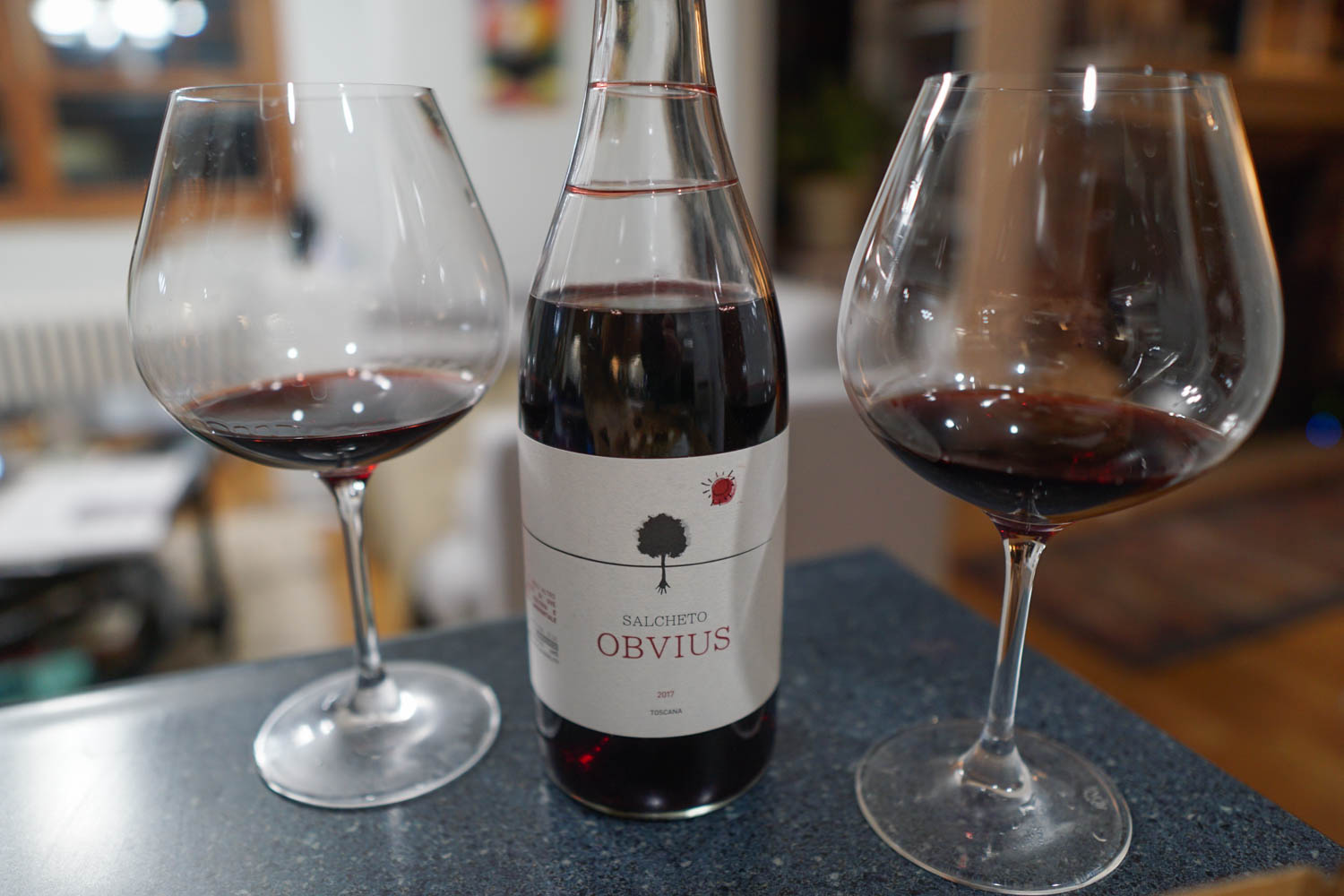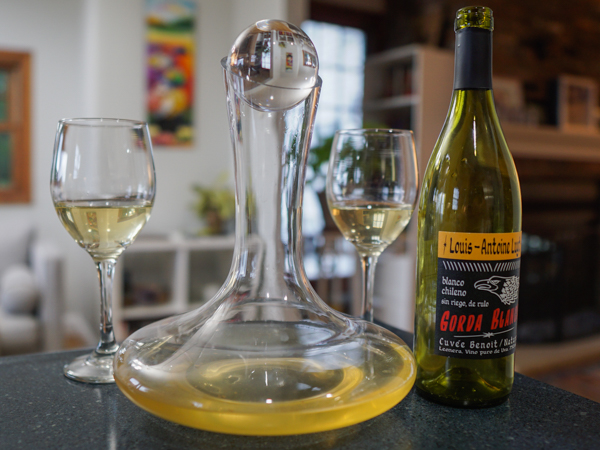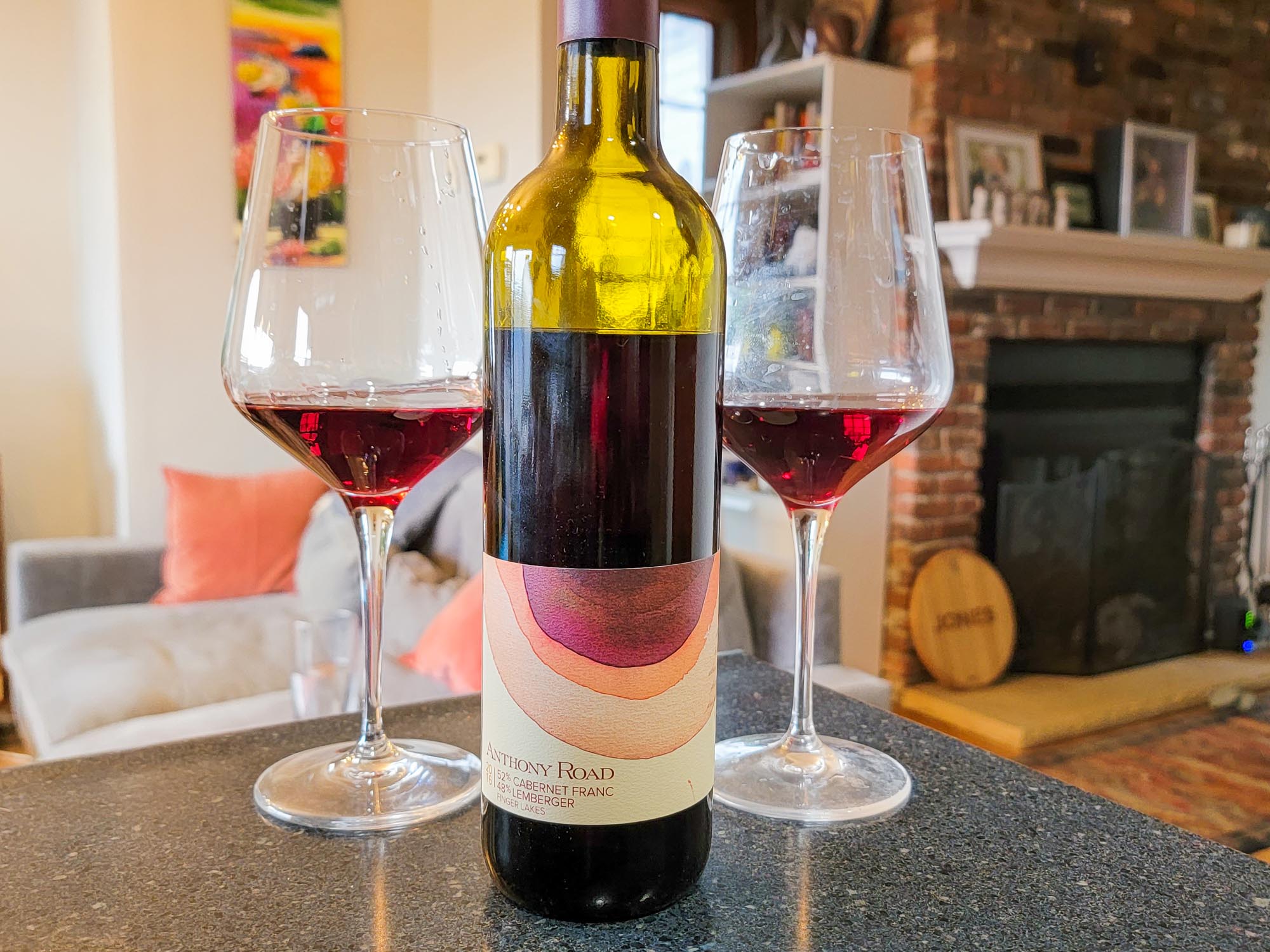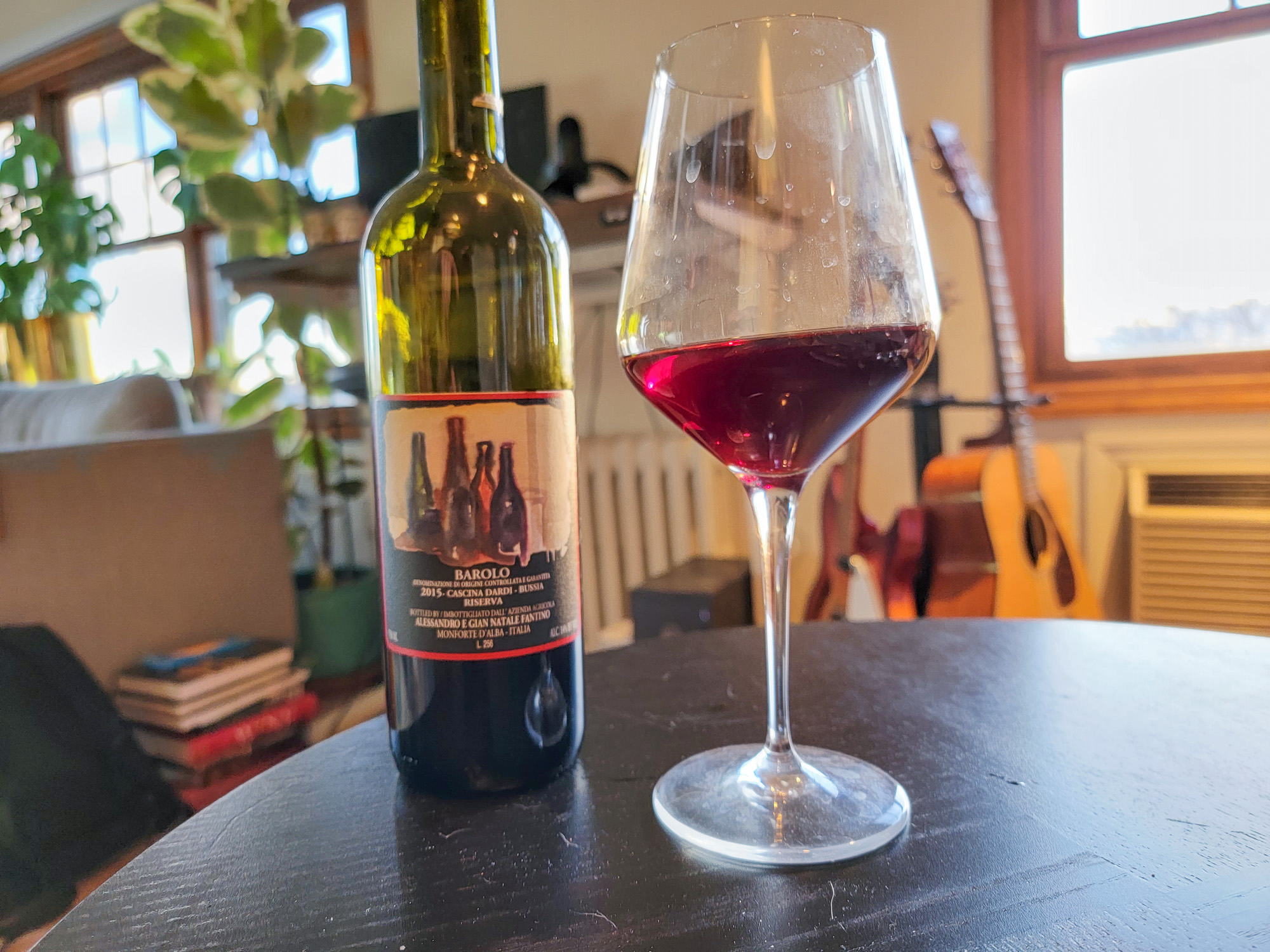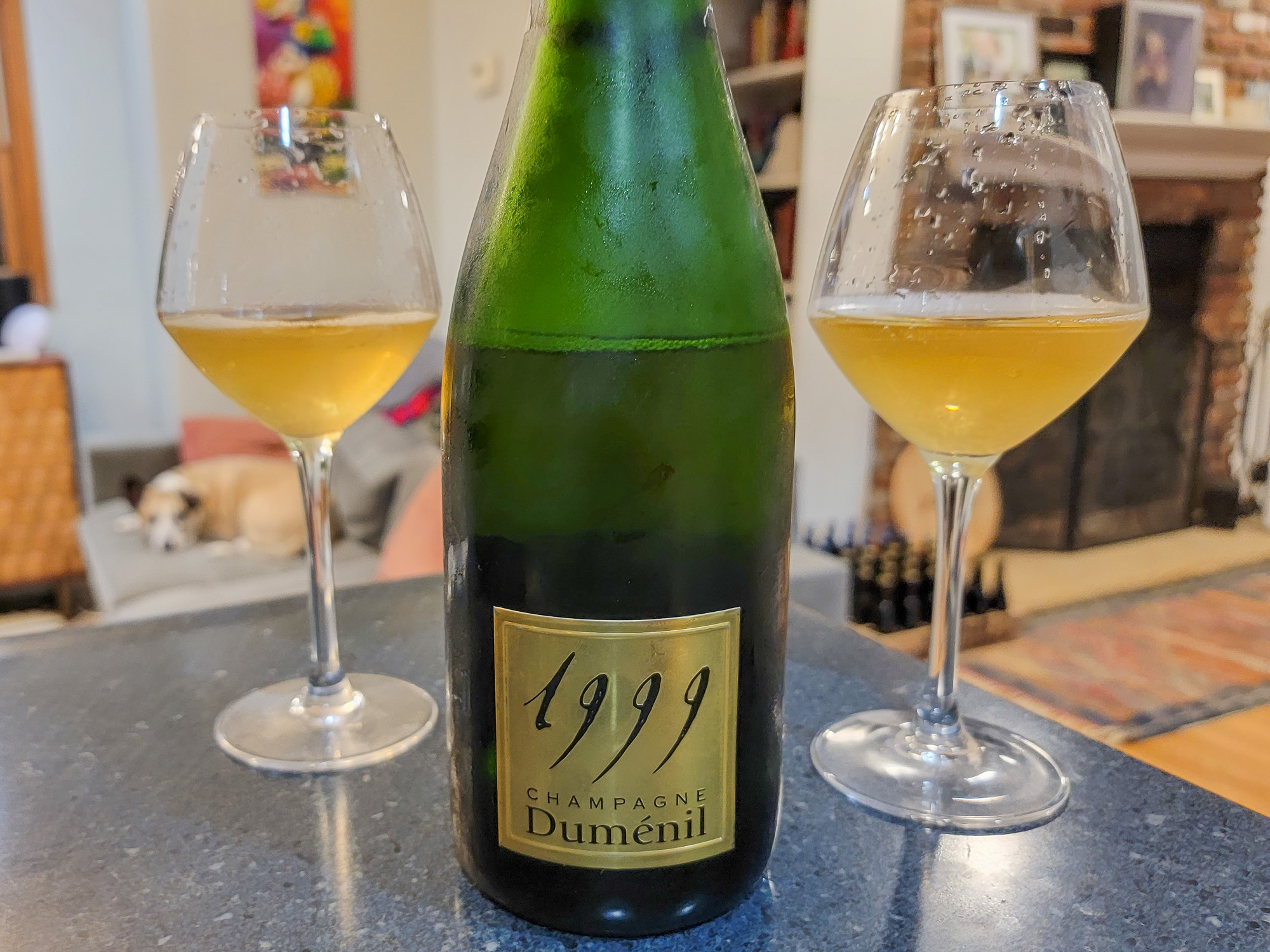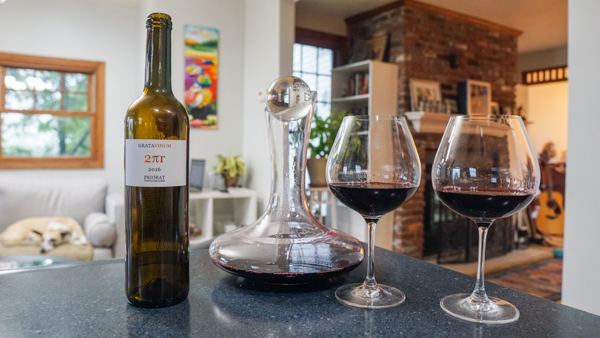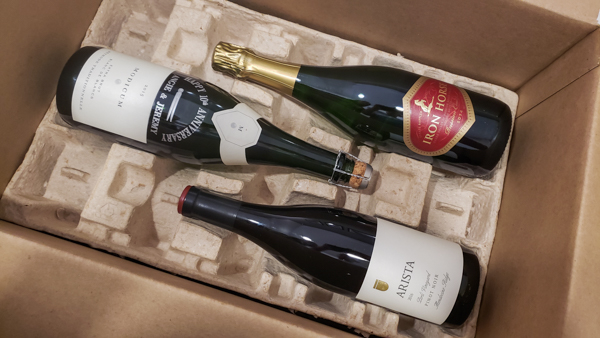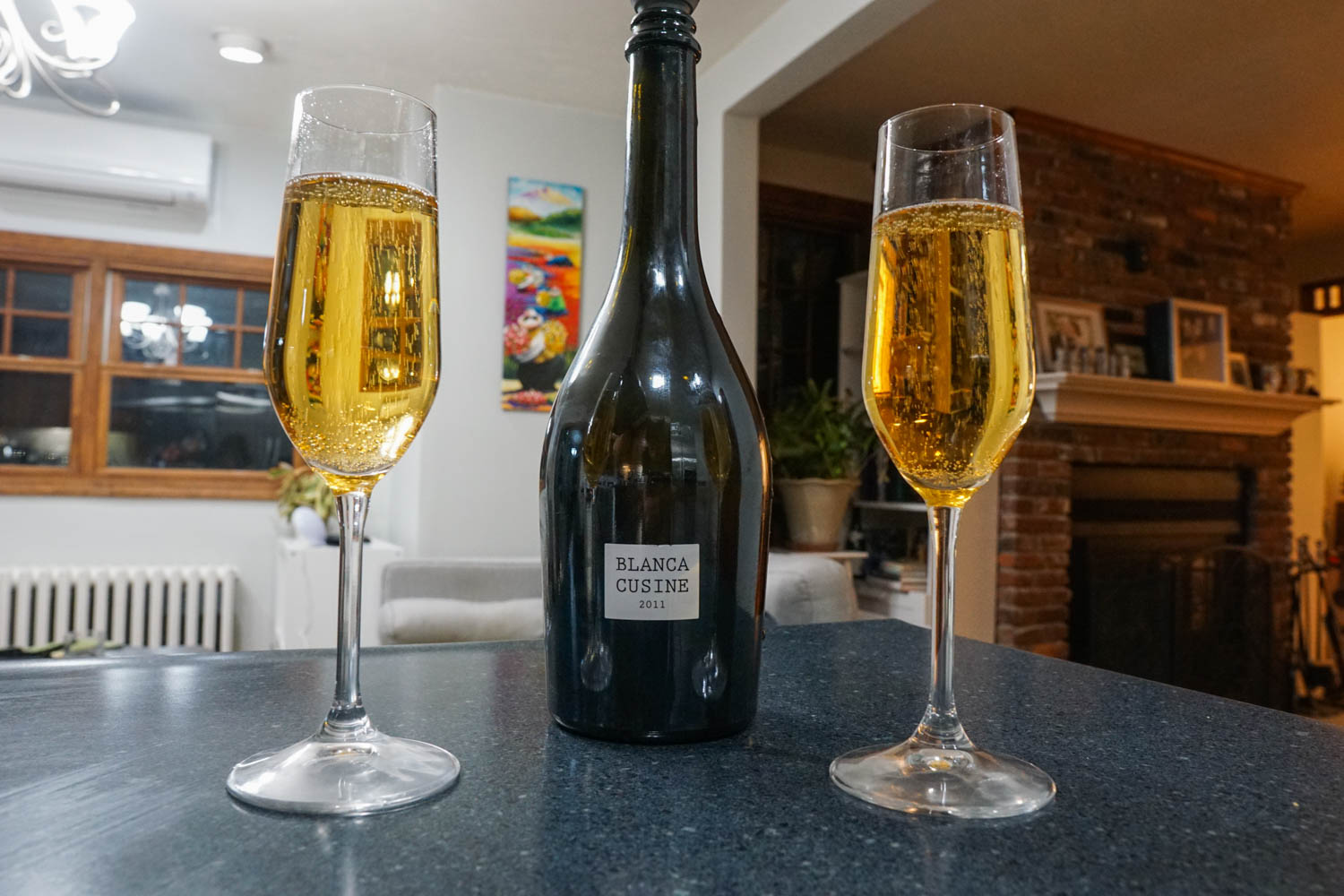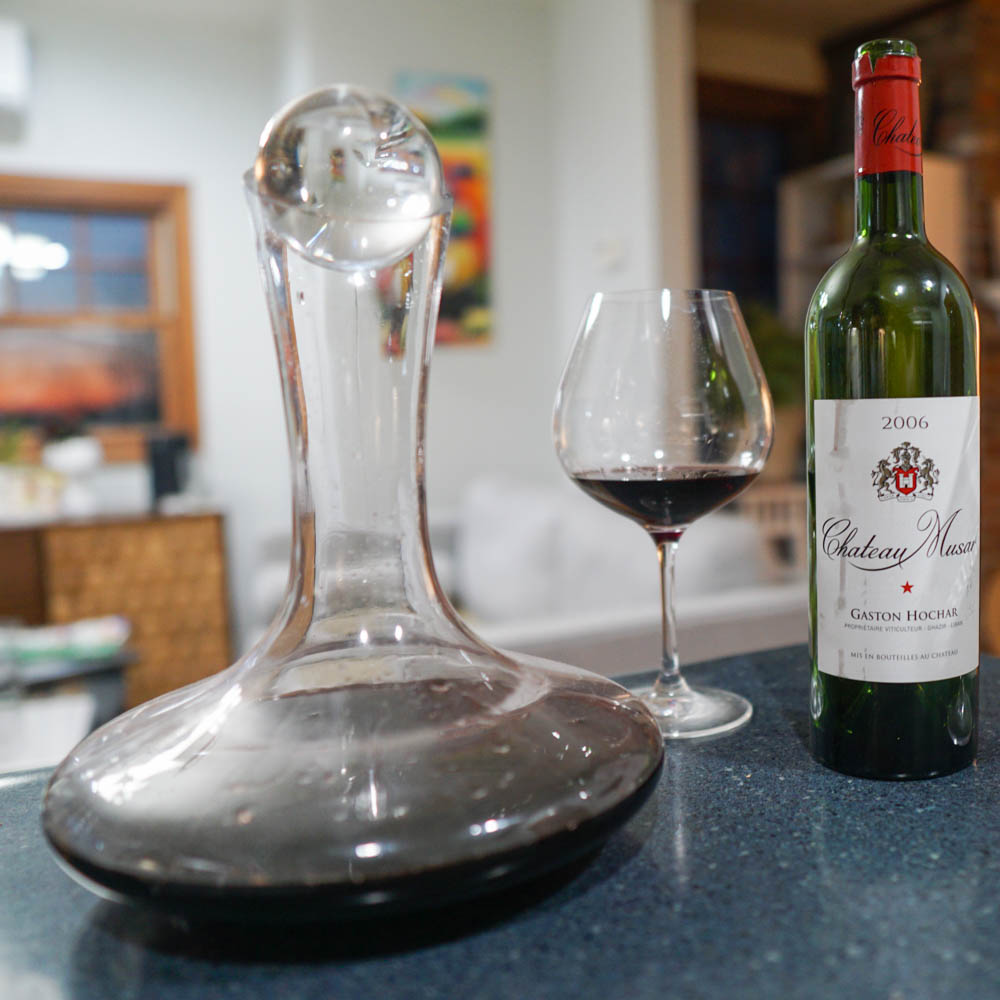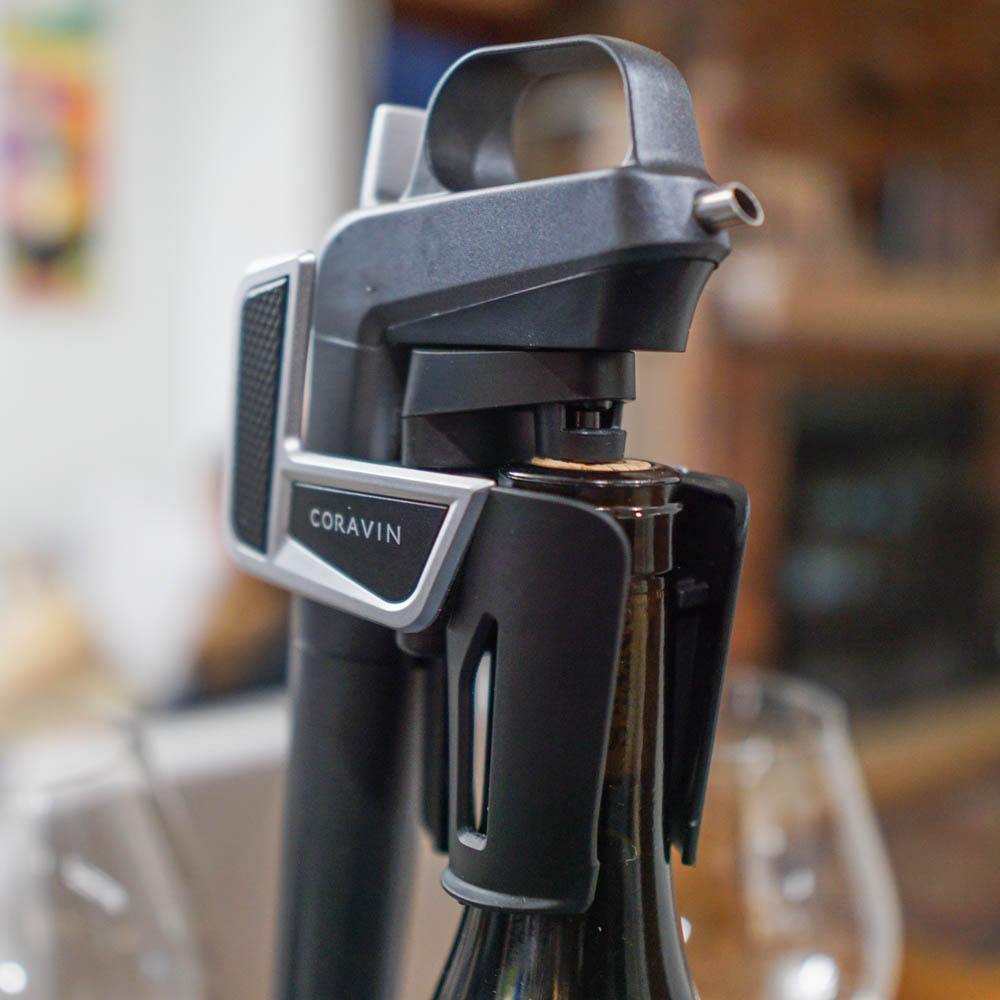Published by Jeremy.
Disclaimers: We use demographic data, email opt-ins, display advertising, and affiliate links to operate this site. Please review our Terms and Conditions for more information. This website is intended for those of legal drinking age in your jurisdiction.
One of our biggest frustrations with the world of wine comes in the format of wine reviews. Not in the way that a sommelier or critic describes the wine (that we love), but rather is in the often non-sensical points system that is used to try and quantify individual bottles.
The problem we have is that the points system has almost zero context when you really stop to think about it.
When you see a bottle with an acclaimed 92, what does that even mean? On a 100 point scale, numerically that sounds quite high and therefore should be very good. But how is that different from a 91 or a 93? Odds are good you don't know that particular critic well enough to understand their nuanced system between points. Likewise, why is it rare to never see anything below an 85 when researching wines? If 85 is near the bottom for a critic's range, then wouldn't a 92 be more of an average score? We could go on.
We knew our scale had to be different, and after thinking about it for quite some time, we settled on an easy-to-follow five point scale.
The Grape Pursuit's Wine Reviewing Scale
Before we jump into our wine review scale, we first have to note that since founding this site we have started to pursue our WSET certifications. This program has a systematic way to describe and rate wine from a quality aspect that we are incorporating within all new articles published starting in late 2020.
One thing the WSET tasting scale does not include; however, is an opinion at the end. It is designed purely to provide an objective summary of a wine's quality on set metrics. As we all know, someone may have a bad opinion of objectively good wine, and someone else may have a great opinion of an objectively bad one- possibly for reasons outside of the quality of the wine itself (say, a great memory).
So while we will be following WSET tasting metrics for new reviews on our site as a means to convey the quality of a wine, we still wanted to provide some context when discussing our personal opinions of the wine as well. But we couldn't bring ourselves to adopting a seemingly arbitrary 100-point scale for this. In fact, we couldn't even figure out a good way to reduce that to a 10-point scale without sounding equally silly.
Instead, we landed on a clear cut five point scale that we'll feature after running through the WSET-style evaluation. This one is simple enough that you don't even need to apply numbers to it. It is simply the following:
- Something is Wrong With This Wine
- Glad We Tried It, Do Not Need Anymore
- Would Order a Glass of This
- Would Buy a Bottle of This
- We Want a Case in Our Cellar
Without providing any additional context, this five point scale is easily digestible and is our opinion analog to WSET's quality scale. We do not need to provide 60 out of 100 points for a bad wine when one will do fine. From there, the classification is all based on our interest in consuming that wine again, with half points between any score being a toss-up between the two categories pending the situation (food pairing, price, other items on the menu, etc).
1. Something is Wrong With This Wine
Our lowest score is only reserved for wines that had something noticeably wrong with it. Cork taint, over-oxidation, unexpected Brettanomyces, and the like.
Where other wine reviewers might say anything < 70 on a 100 point scale is objectively bad, we really think there only needs to be one classification for this. So if a wine makes this score it means something is wrong with it and we'll try and explain why that is. Odds are good that it may be localized to that specific bottle, so we expect this one to be (hopefully) quite rare and likely not be indicative of all available bottles.
- 1.5 – A half-point up would be that there may be some faults in the wine that could borderline personal preference too. Much like the above scenario, we envision this would be rare as we generally appreciate trying new wines even when they're not for us, which leads us into our #2 rating.
A random selection of wines that fit this category include:
2. Glad We Tried It, Do Not Need Anymore
Our next tier would be wines that we generally call “fine”. Generally speaking, this covers a wide range and is kept broad on purpose.
To us, when we use the word “fine” it generally means this is okay but not terribly impressive one way or another. In our The Grape Pursuit quest, we envision trying numerous grapes that just aren't for us for any number of reasons. We'll be glad we did so, but do not have an overwhelming drive to have another glass, buy a bottle, or stock it in our cellar.
We like to think we know when a wine is not for us versus being objectively bad (see rating #1), and those that fit this bill will fall under rating #2. We'll still do our best to try and qualify who may like the wine as often these wines are simply a matter of taste over anything else.
- 2.5 – A half-point up would mean we'd consider buying a glass of this wine in the right situation.
A random selection of wines we've reviewed in this category include:
3. We Would Order a Glass of This
On a five point scale, we would consider rating #3 to be middle-of-the-road and reserve them for generally good wines. This typically translates to wines that we would try again if we ever saw them readily available.
We may not necessarily go out of our way to buy a bottle of these wines in any given situation, but if we saw them available by the glass on a restaurant or bar menu we may go out of our way to order it over alternative options for the situation. This would be akin to a friend asking “have you had any of these wines before?” and us replying “yes, I remember this [New Zealand Sauvignon Blanc] being good” without any other information known.
If you enjoy our taste in wine, you may have good luck with these over a random pick.
- 3.5 – A half-point up would mean we'd consider buying a bottle of this in the right context.
A random selection of wines we've reviewed in this category include:
4. We Would Buy a Bottle of This
The rating “We Would Buy a Bottle of This” is where things get more interesting as we reserve these for what we consider to be great wines. To translate this into more approachable terms, we would want a bottle's worth of this in any given situation be that to enjoy at home or even at inflated restaurant prices.
These are the kind of wines we'd want to share with a group of friends who come over for a nice dinner, be overwhelmingly excited to find on a restaurant menu, strongly recommend when we're asked focused questions like “what kind of [California Pinot Noir] should I buy with an [$X] budget?”, and the like. We also would be more than happy to always have one or two of these bottles in our cellar at all times.
So if you like our reviews and have a chance to try one of these wines, we'd highly recommend it.
- 4.5 – A half-point up would mean we'd buy a few bottles at once, but perhaps not a case.
A random selection of wines we've reviewed in this category include:
5. We Want a Case in Our Cellar
Much like the “Something is Wrong With This Wine” classification, we look at “We Want a Case in Our Cellar” to only be reserved for the best of the best. After all, as cases of wine we've enjoyed can run from about $125 to $1,250 (or far, far more), we're talking about some serious money when it comes to procuring an appreciable number of bottles for our cellar.
In fact, when we started The Grape Pursuit we could think of about five wines out of the ~100 or so we had logged that we could consider buying a case of, only three that we have gotten close to purchasing case volume of over the years, and one of those was because of an intangible memory associated with the experience over the wine itself. If that number holds in the future, we only anticipate only a few percent of all wines consumed to fit into this category and we are more than okay with that.
So, how should you interpret this one? Well, we'll keep this one simple- if you ever see one of these bottles available, we simply recommend you grab one right away!
A random selection of wines we've reviewed in this category include:
At the end of all of our wine reviews we'll share our score for the wine, plus a short reminder of what that score means. So be on the lookout for each distinction as we feature new wines!
How does the above rating scale sync up to your own? Comment below to share!
Upgrade Your Home Wine Bar
Need to upgrade your wine bar? Grab some new wine accessories:

